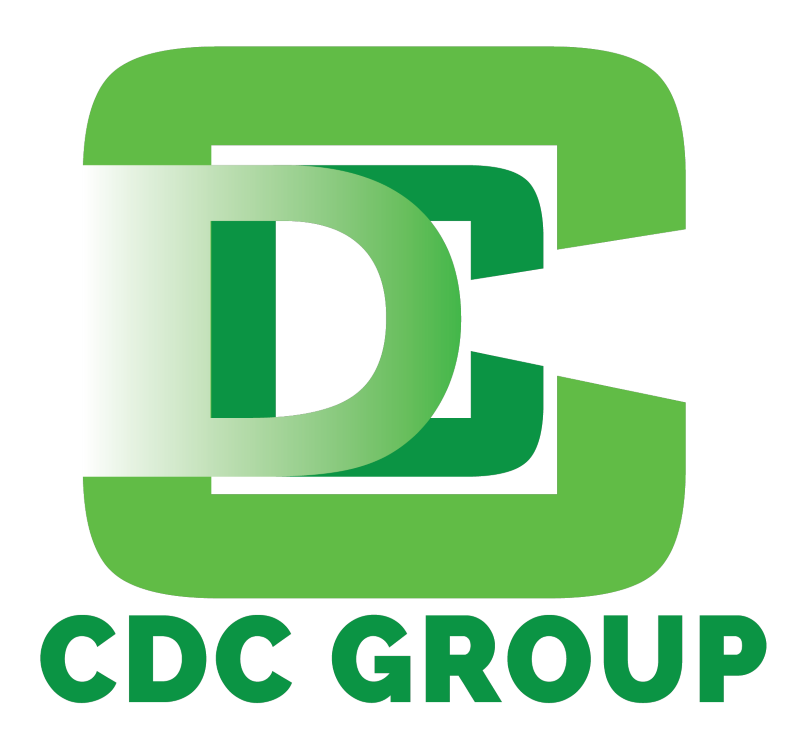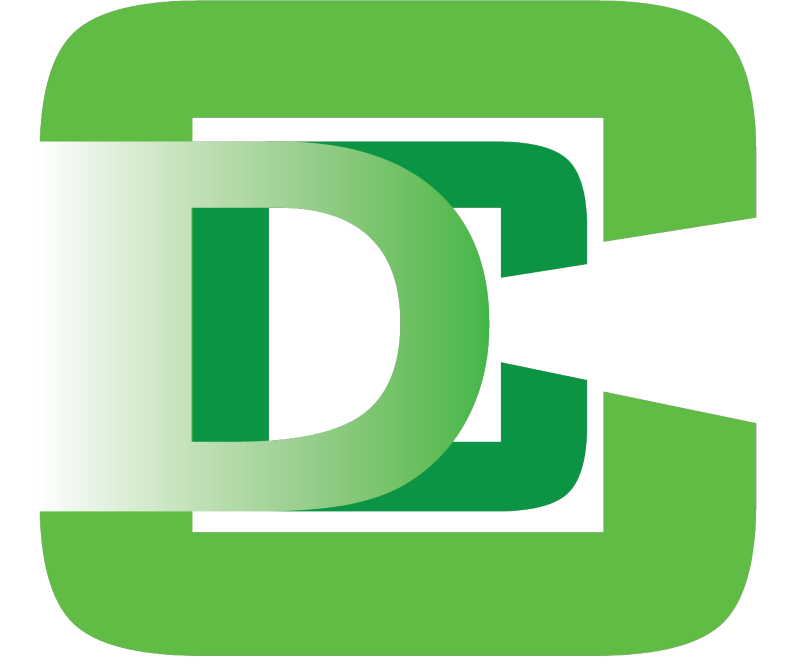-
Introduction
Inclusive Businesses (IB) are commercially viable business lines of private sector companies that create scaled-up, innovation, and systemic solutions for the relevant income and living standard problems of the poor and low-income people (BoP). Inclusive and Green Business (IGB) on the hand are commercially viable business line of private sector companies that create scaled-up, innovation, and systemic solutions for the relevant environmental and climate related problems in the society while at the same time directly benefitting the poor and low-income people (BoP).
Thus, IGB differs from IB in the sense that there is an environmental consideration in addition to the inclusivity. Specifically, the environmental impact IGB businesses or business lines are providing systematic solutions to the following:
- How the business is addressing pollution.
- How the business manages natural resources.
- How the business reduces its climate footprint.
- How sustainable the impact is for the environment or climate and how relevant and systemic it is for society.
- How the business enhances its bottom line with the environmental features (profit, cost reduction, new revenues).
- How inclusive the environmental feature is for the BoP.
- Features of Inclusive Businesses (IB) and Inclusive Green Businesses (IGB)
The following are key features that distinguish or help to identify businesses with IB/IGB models:
- Emphasis on commercial viability of the businesses – This means the businesses must be able to generate revenues streams from the IG/IGB model on a sustainable basis. In this respect. This also means the businesses should be financially viable or profitable. Key indicators of this profitability include the annual revenue and profit KPIs such as Gross Profit Margin, Operating Profit Margin, Net Profit Margin. This factor makes it difficult to consider micro enterprises as IB/IGB businesses.
- Scalability of the businesses- The IB/IGB should have the potential to scale up and create systemic solutions for income living standard problems of the poor and low-income population (BoP).
- Relevant solution based on deliberate strategic intent – This means the IB/IGB businesses deliberately designs interventions that are aimed at resolving the fundamental challenges of BoP, society, and environment. These solutions should be sustainable and have direct social and environmental/climate impact. This explains why it is difficult to consider interventions that are subsidised through grants and other forms of short-term support that are not sustainable.
- The businesses must be innovative and transformative to reduce risks- To sustain themselves in the markets of the poor (and address business, environmental and people risks), in addition to scale and targeting, such IB and IGB need to be highly innovative and productive, emphasise scale and must grow. While technology innovations are relevant, for the commercial performance and for implementing the production and services, business innovations (alongside social and environmental innovations) are often more relevant with respect to IB/IGB models.
- Business line vs whole business as IB/IGB – The consideration of IB/ IGB business will be either on a specific business line (s) or the whole business. Fir instance, a financial institution could design specific credit products targeting BoP or may decide to focus its entire services on BoP.
- Other business models that may have IB/IGB Features
Presented are other business models that may have some features of IB and IGB business models but are not fully qualified based on the features listed above. The business models and their specific features are outlined:
Mainstream Business (MB)- While MBs are businesses that may be commercially viable, they may not have deliberate social intent as compared to IB businesses. The MB can however be transitioned to IB business model if management are willing to redesign the model and clearly define and operationalise its strategic intent to be IB.
Green Business (GB)- Green Businesses (GB) that create value for the environment or for the firm without being designed to directly benefit people (BoP)and be systemically relevant for society.
Corporate Social Responsibility Activities (CSR)- CSR is mostly small in impact and not commercially viable. They are also often not relevant to address systemic problems in society. It is however possible for some CSR to transform into IB.
NGO driven Social Enterprises (SE)- NGO driven Social Enterprises (SE) are not commercially viable businesses. This means they have limited scale and relevance of their impact is also limited. However, commercially viable SE that scale can be considered as IB initiatives.
- ‘Income focused approach’ vs ‘engagement approach’
The ‘income – focused approach’ ensures that the IB and IGB model achieve the maximum impact, potential IB/IGB businesses should deliberately create business lines offering scaled-up, innovative, systemic and relevant-solutions directly targeted to benefit the environment and climate (planet) and the BoP people.
The ‘engagement approach’ places emphasis on BoP engagement including direct employment, supply chain employment, consumer, distributor, shareholder etc. as key selection criteria. While this is good, it is however, noted that the engagement approach does not create solutions for the poor/BoP, and some are even harmful to them[1].
This means that mere engagement or employment of BoP is not sufficient to qualify as IB/IGB, rather the business model needs to be designed in a way that people can get systemically out of income or living standard poverty. In addition, the IB/IGB business model must address environmental or climate related problems that are directly relevant for society (not only the business) and for the BoP. An income solution means creating income opportunities way above the market rate (as the market rate of the poor is the poverty line).
- People at the base of the socio-economic pyramid (BoP) in Ghana
Inclusive and Green Businesses create direct impact for the poor and low-income people in Ghana. Hence the socio-economic inclusiveness concept goes beyond a narrow focus on poverty reduction or certain disadvantaged groups. It typically includes the people at the base of the socio-economic pyramid (BoP), typically the bottom 40% income groups (B40),
The BoP concept differs by countries’ respective socio-economic situation. In developed economies, the BoP is often only the bottom 10-20% of population, in developing economies, the BoP can expand to the bottom 40%.
The BoP concept is typically household income based and reflected in national currency. It differs from the international poverty line which is based on per capita expenditure data in USD purchasing power parity. It also differs from the national poverty line which does not capture the low-income people and is outdated with information from the latest 2016 household survey. As per the national poverty line, set at two-thirds of the national average household income, 23.4% of the population are officially categorised as poor (in 2016; The most recent data are not available). With COVID, price increases in the context of the Russian war with Ukraine, climate change impact, high population growth, lower economic performance, and increasing income inequalities, poverty in Ghana has increased, and particularly the number of poor is much higher today. A new NIES / (round 8) is expected to be conducted in early 2024, with results coming out much later.
The BoP concept also differs from the minimum wage thresholds. In Ghana, the minimum wage.
For the landscape study, the consulting team will use the following BoP thresholds:
[1] For example, any agrobusiness involves the poor in its value chain by sourcing directly or through traders from often poor or low-income farmers. However, only few companies have business models where the BoP can earn more than the market rate (which is the poverty line)

